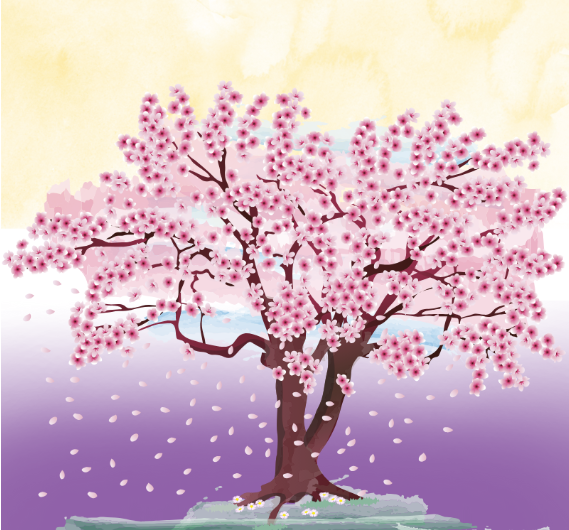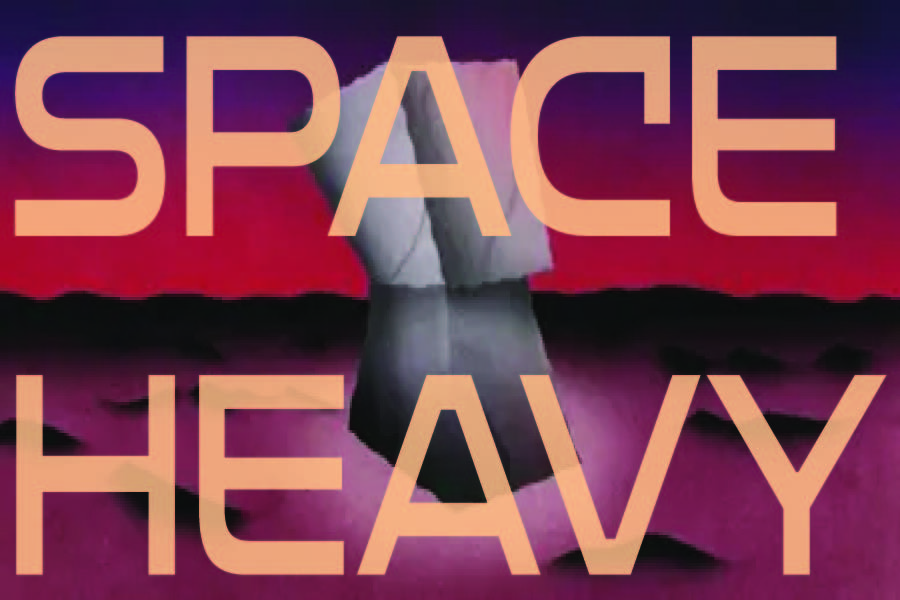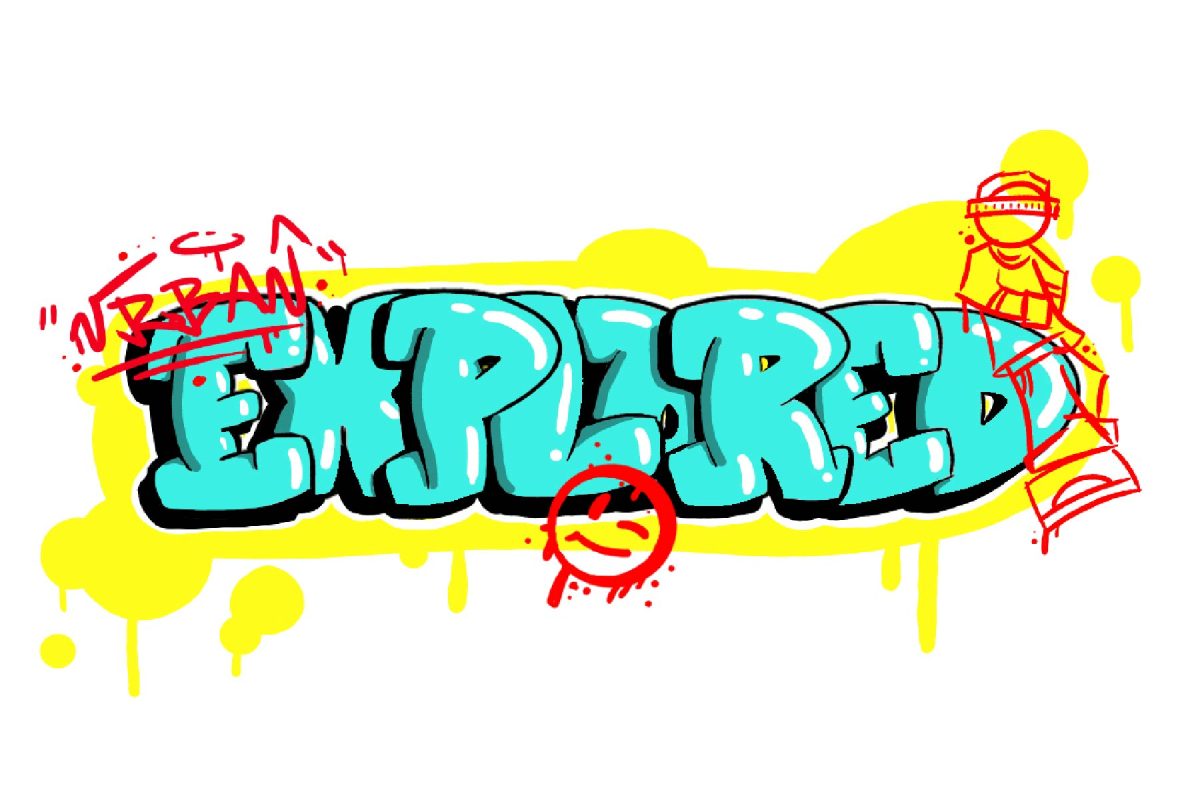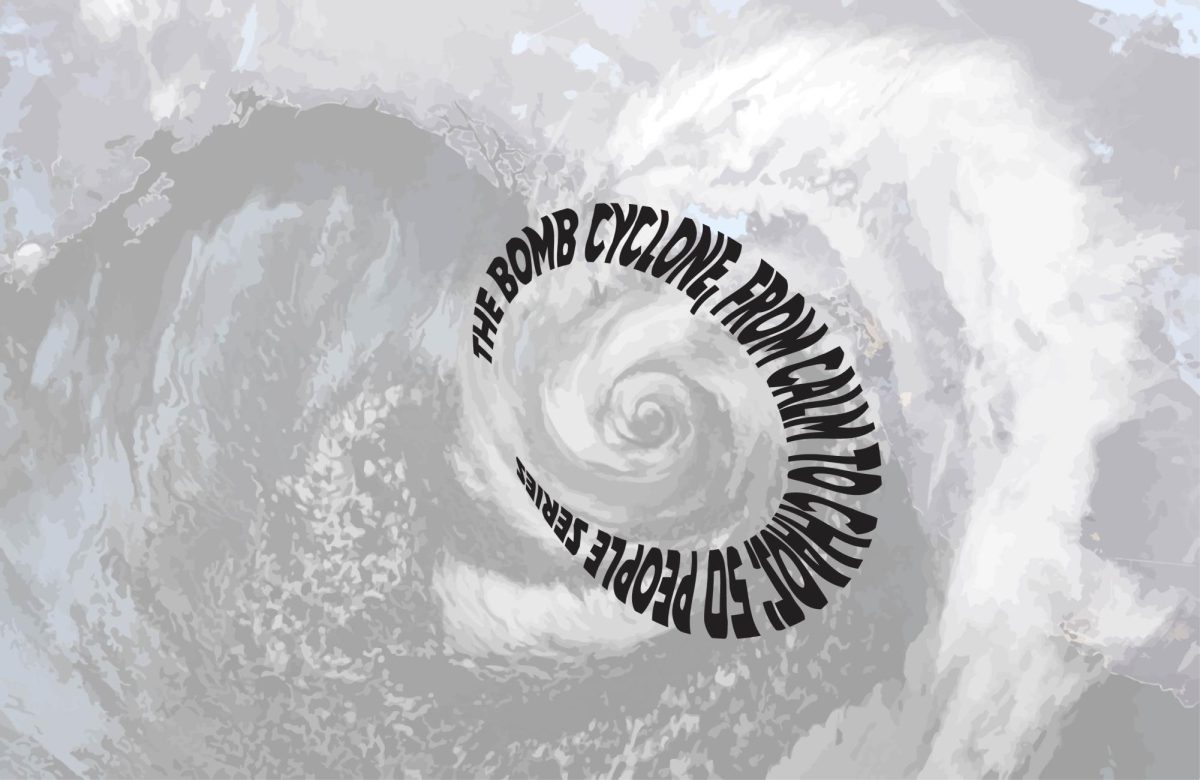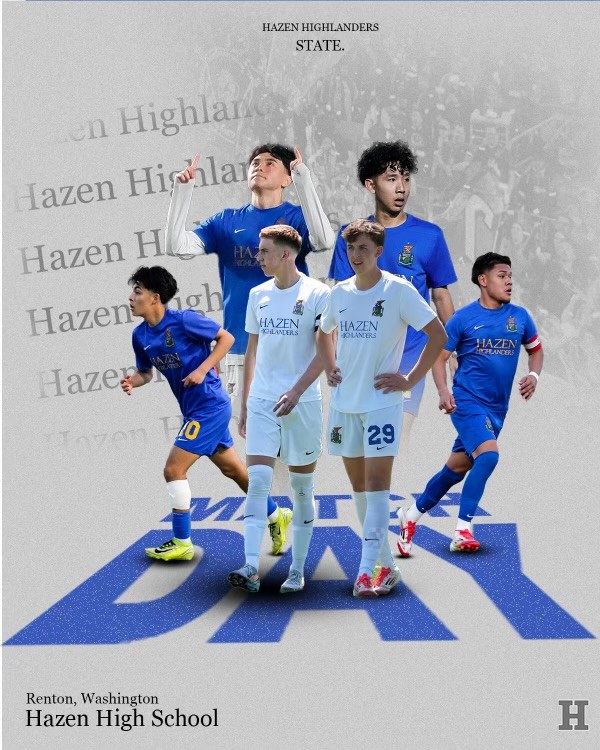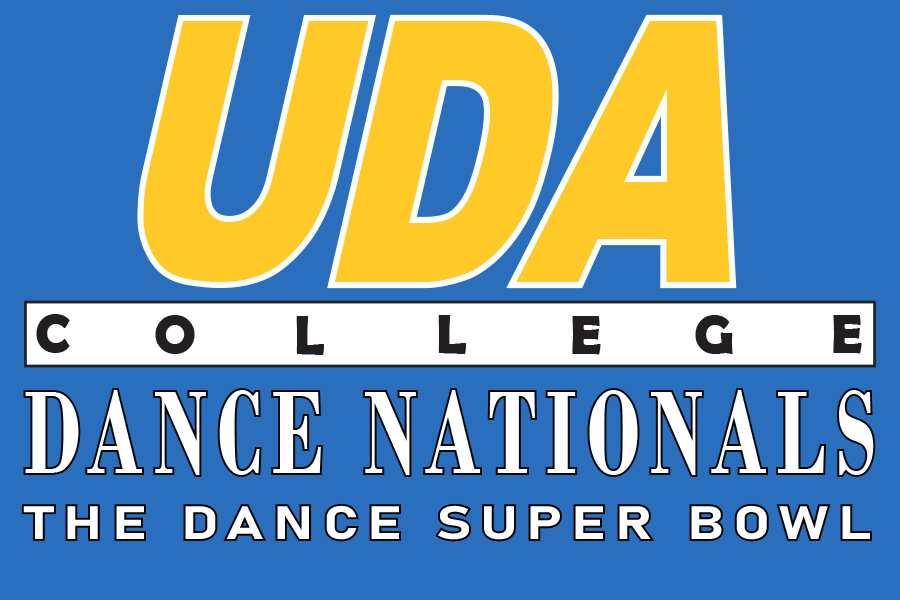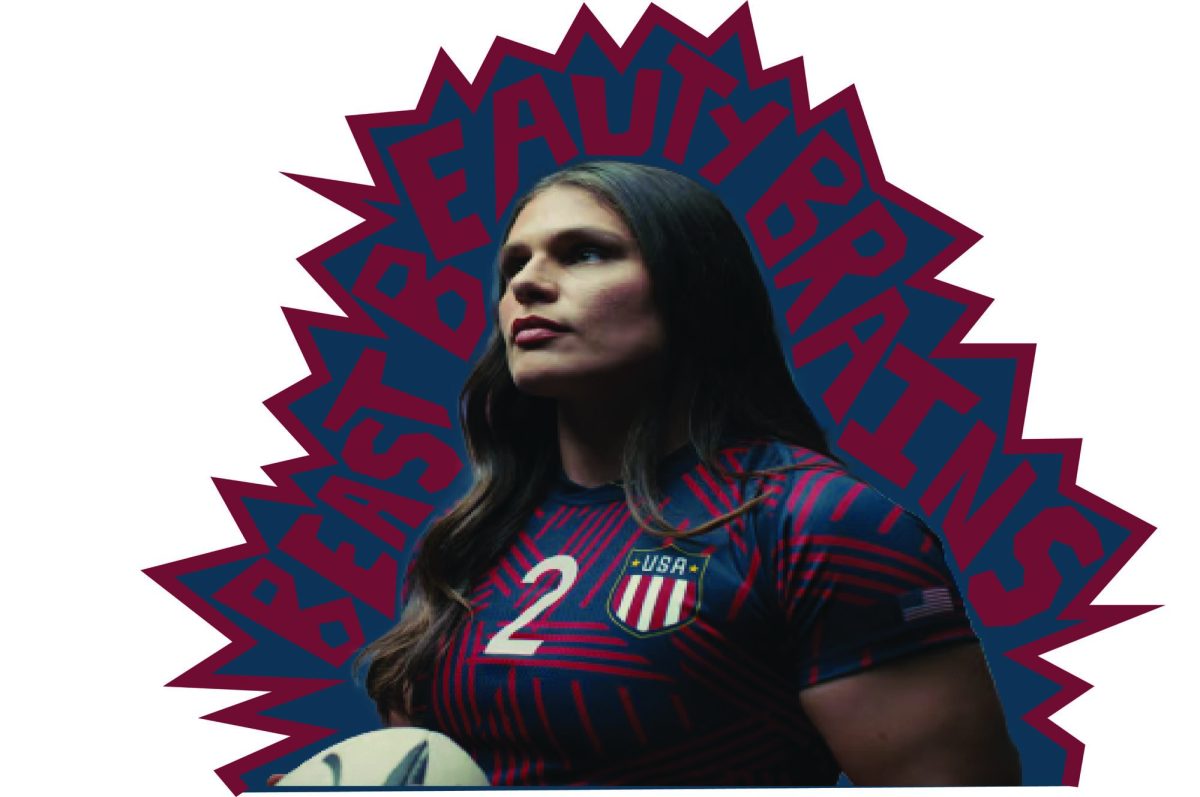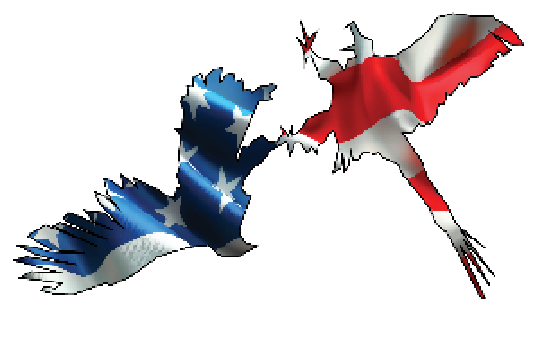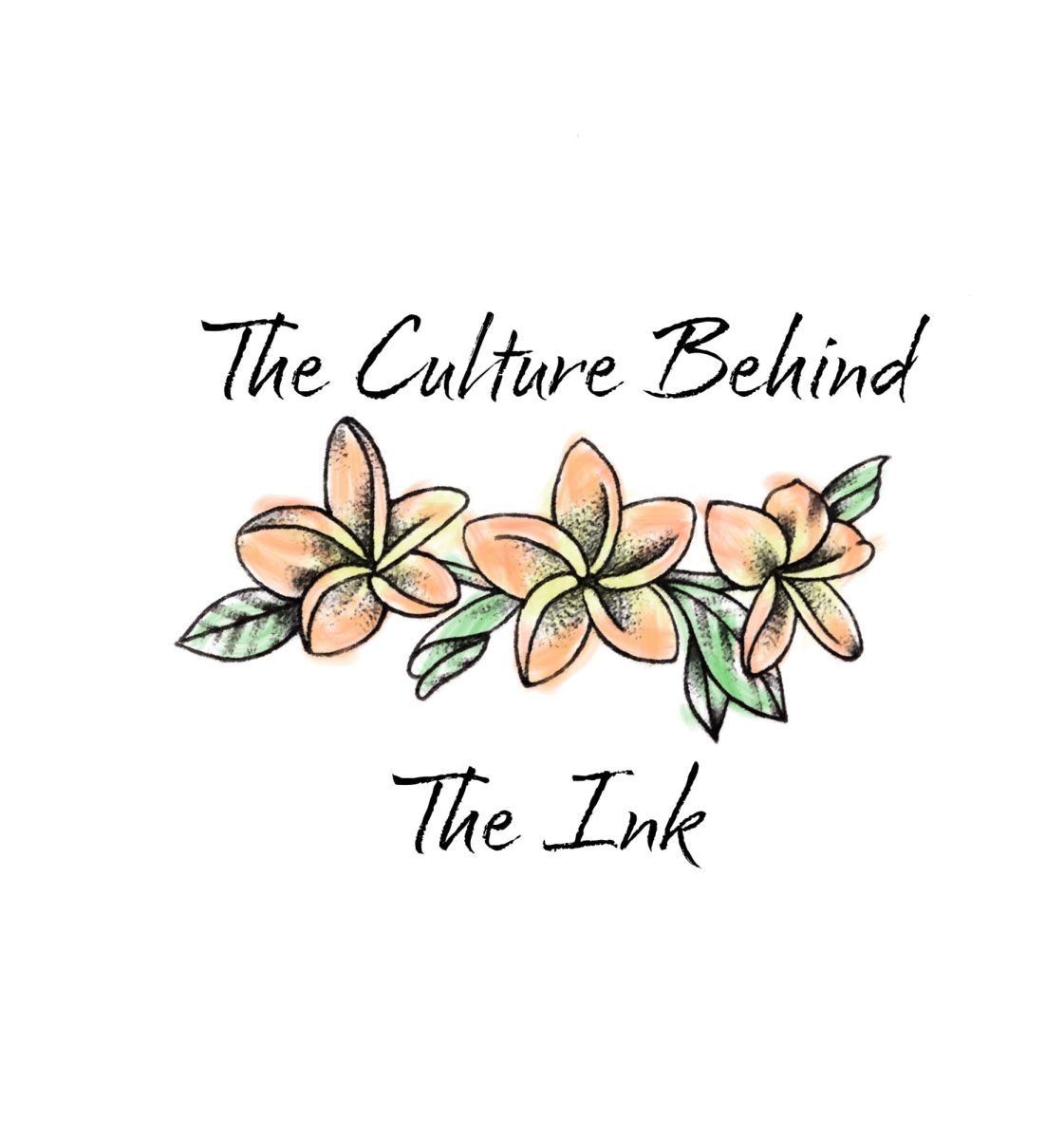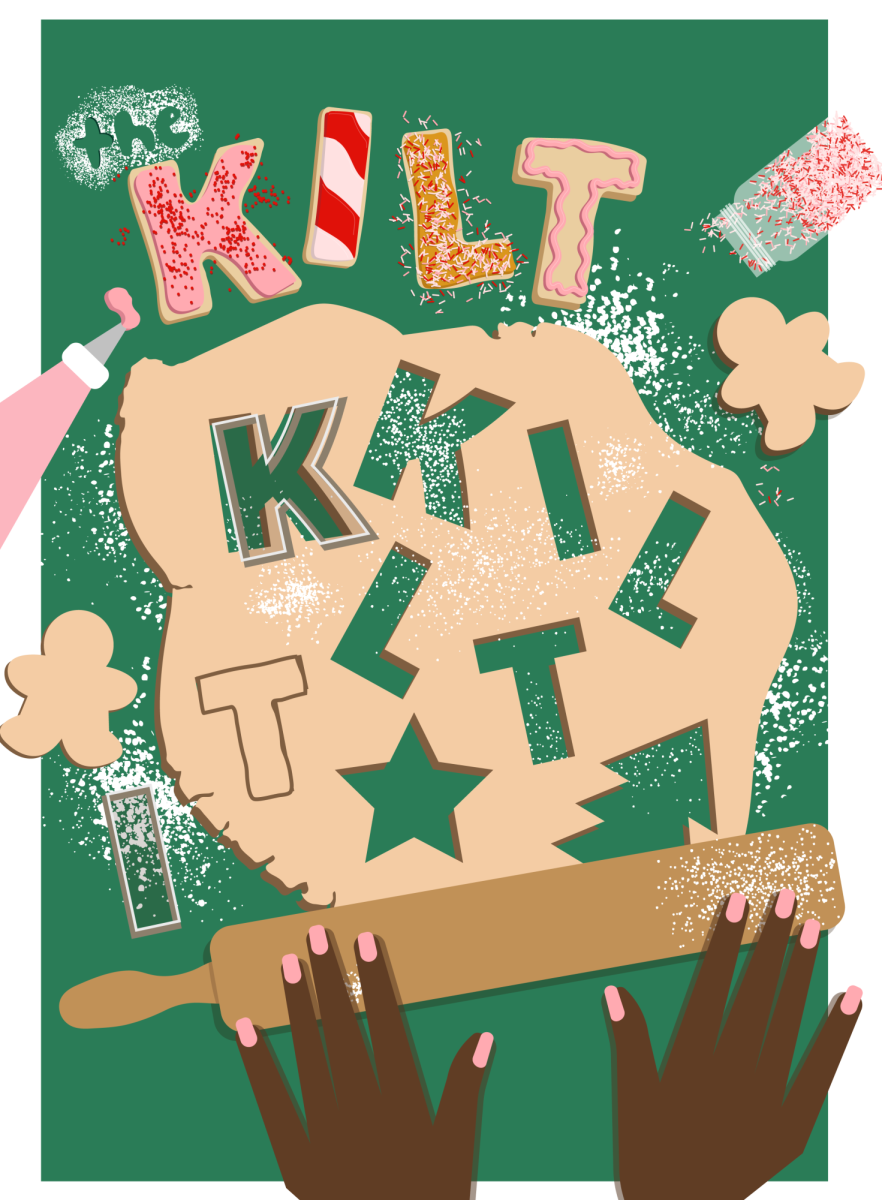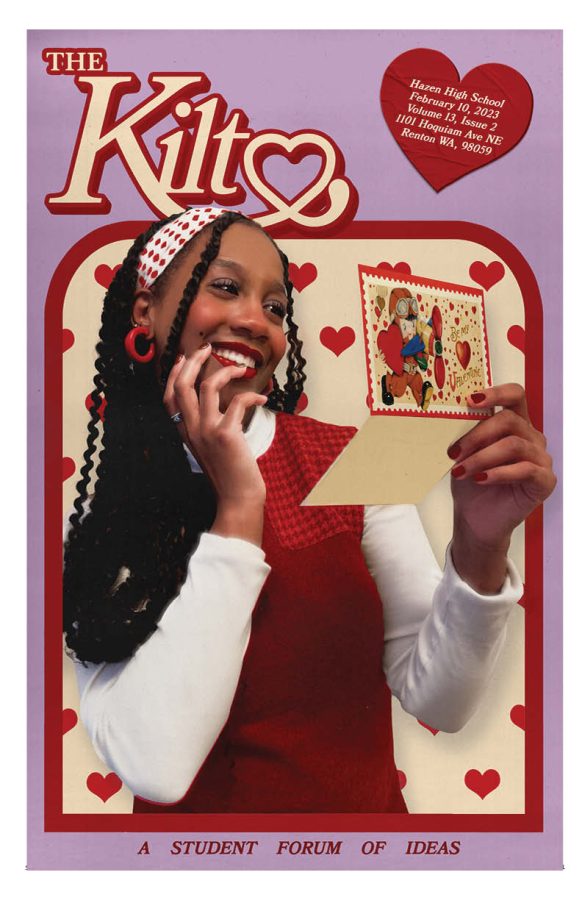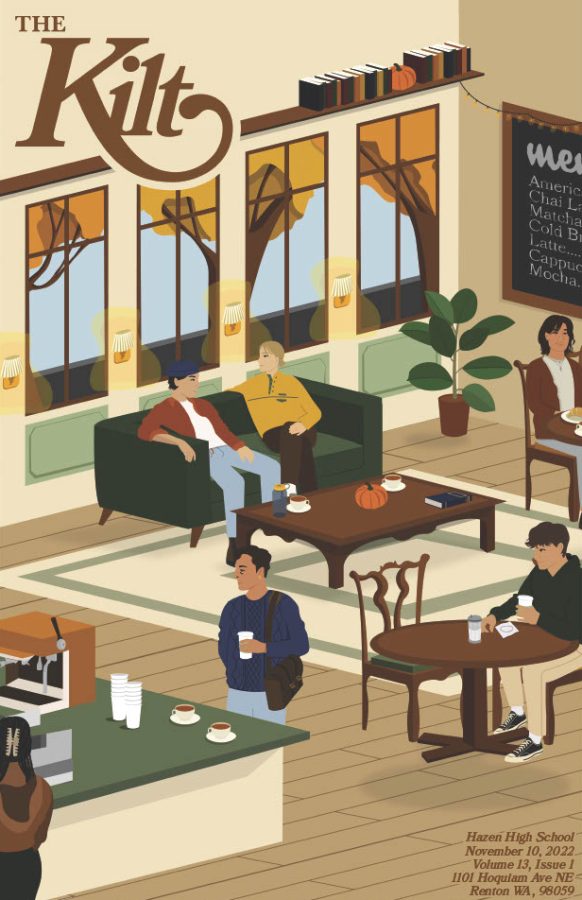Energy drinks are on everyone’s mind, with low calories, flavor, and by keeping you awake, it seems to be the perfect drink. They have become very popular over the years, with benefits and drawbacks. Whether you like them or not, you’ve probably needed one during finals.
Red Bull
One of the first major energy drink companies, Red Bull, set the stage, claiming to be the top drink for athletes, students and businessmen and women. Eventually expanding, with zero, sugar-free and various popular flavors such as Blueberry, Watermelon, Blueberry, Blueberry, Tropical, Cactus Fruit, Strawberry Apricot, Dragonfruit, Coconut Berry, Peach Nectarine, and Juneberry. In a typical 12 fl oz. can, with 160 calories, which is more than the other two, there is 114 mg of caffeine, under the 400 mg adult maximum caffeine content per day, but over the 100 mg max for teens, potentially causing insomnia, anxiety,y and an increased heart rate.
Will have your heart racing, your taste buds recoiling, lots of unnecessary calories, insufficient caffeine, with various flavors such as Red Bull Zero Sugar, Tropical, Blueberry, Peach Nectarine, Watermelon, and Coconut Berry if you do decide to try, surprisingly this is very popular with students and staff at Hazen, Mr. Sanders says “I prefer the original Red Bull, but personally think they are mostly bad for you and should keep them at a minimum.” Bo Whitaker recommends “only drink one a week because they are bad.”
Celsius
Relatively new, founded in 2004, Celsius has risen in popularity through the years, marketing itself to be a fitness drink, increasing metabolism, and decreasing body fat. Celcuius has only 10 calories per 12 oz can, making it much healthier and advertises itself to be without added sugars and artificial flavors, even though it does have sucralose and with many added vitamins such as B12. It has a high caffeine content with 200 mg, double the limit for teens and half the limit for adults, also with a variety of flavors, Orange, Wild Berry, Kiwi Guava, Fuji Apple Pear, Grape Rush, Watermelon, Strawberry Guava, Peach Vibe, Tropical Vibe, Arctic Vibe, Oasis Vibe, non-carbonated Raspberry Açai Green Tea, non-carbonated Peach Mango Green Tea, non-carbonated Mango Passionfruit, non-carbonated Pineapple Coconut, stevia Grapefruit Melon, stevia Orange Pomegranate, stevia Cucumber Lime, stevia Watermelon Berry, Inferno Punch, Blueberry Pomegranate, Cherry Lime, Strawberry Dragonfruit, Tangerine Grapefruit, Orangesicle, Mango Tango, Jackfruit, Grape Blast, Blood Orange Lemonade, Blue Razz, Tropical Twist, Blue Crush, Dragon Oasis, Peach Mango, Kiwi Strawberry, Lemon Lime, and Strawberry Coconut.
If you’re risking your health by drinking energy drinks, I would recommend this one. With lots of non-battery acid flavors, zero calories, and a much smaller ingredients list, it keeps you wide awake and focused without tasting every chemical in it.
Alani
New to the energy drink scene being founded in 2018 and created by a fitness influencer, also marketed as healthier. Fewer calories than most energy drinks, with 5 calories, and containing the same amount of caffeine as Celsius.
A good option with low calories, flavors such as Blueberry, Watermelon, Tropical, Cactus Fruit, Strawberry Apricot, Dragonfruit, Coconut Berry, Peach Nectarine, and Juneberry, Cosmic Stardust, Witch’s Brew, Kiwi Guava, Tropsicle, Juicy Peach, Kimade, Pink Slush, Cherry Twist, Orange Kiss, and Sunkissed Mix and no metallic taste. Suheyla Mayfield suggests “Watermelon Alani,” as Alani is also a popular drink for students at Hazen.
All in all, energy drinks are a good boost when you need it but safer kept to a minimum, the majority drinks Red Bull, but if you want a healthier option opt for Celsius or Alani, all caffeine will likely cause adverse effects such as jitters, heart palpitations and increased heart rate disrupting sleep and causing anxiety, so drink at your own risk.

